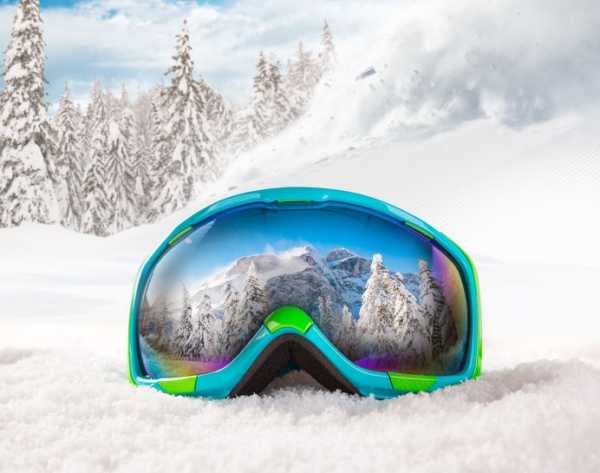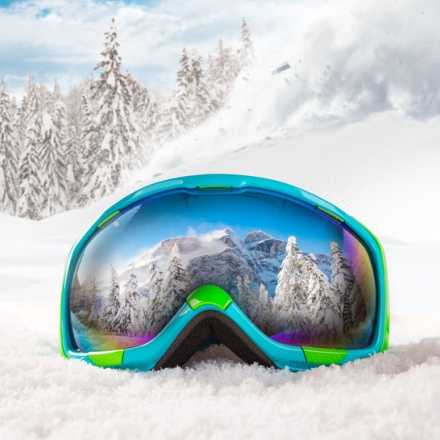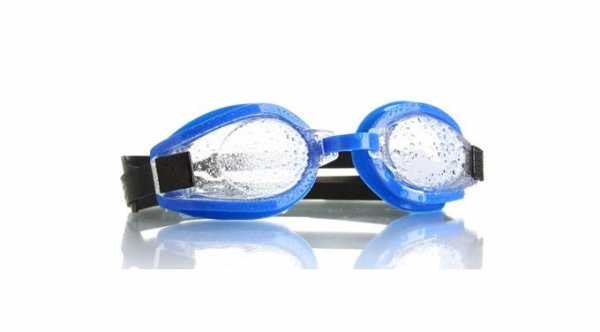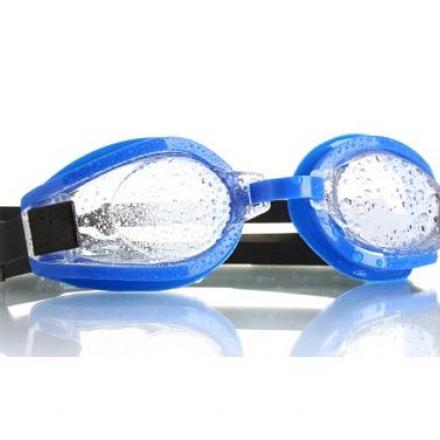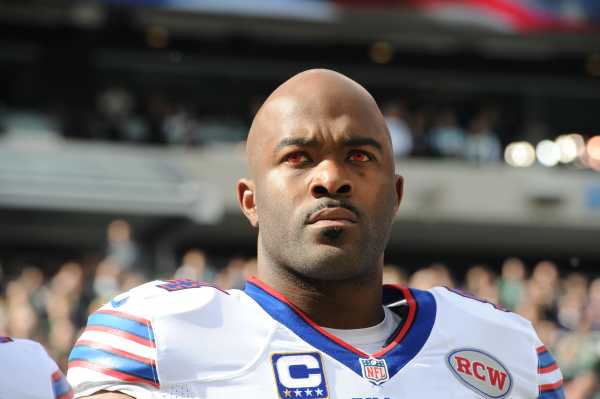
Sport Contact Lenses
Athletes need their vision to be as good as possible. For many sports, Sport Contact Lenses can be used to correct vision as well as add something extra to improve a player’s vision. This can involve tinting the lens. But first, the best vision possible should be attempted using corrective lenses, almost always contact lenses.
What do Sport Contact Lenses do?
Most contact lenses can correct nearsightedness and farsightedness, meaning they can help a person to see up close and far away. The issue in sports is almost always distance vision. Soft lenses that can improve distance vision have been made for more than 30 years, with many different materials and by many manufacturers. Even astigmatism can be improved by some lenses and these lenses are called Toric Lenses.
Why contact lenses for sports?
Vision with contact lenses is more natural. The lenses move with the eyes. There is no peripheral area lacking visual correction. There is nothing obstructed by frames. They cannot be broken and cut or injure the person wearing them. They don’t fog up or get wet. They can also be used along with protective goggles or other suggested safety equipment to protect your eyes from sports related eye injuries.
What contact lenses can athletes wear?
Generally speaking, any contact lenses can be worn during sports. Most of the time, these are soft contact lenses, which are comfortable and fit the eye without causing irritation or falling out.
There are too many different types of general soft contact lenses to list them. They differ in their ability to correct different kinds of imperfect vision. They also differ in the type of care they need. For many, disposable lenses that are thrown away after use are the best choice.
What about rigid gas permeable Contact lenses (RGP or GP)?
These have many of the advantages of soft contact lenses. Because they are rigid, they stay in place on the cornea and do a better job of improving vision. This is especially true for people with worse eyesight that may have astigmatism.
These lenses let in more oxygen to the cornea and don’t dry out, so they can be more comfortable. However, they take time to adapt to. Additionally, they are easier to knock out than soft lenses.
How do Sport Contact Lenses for athletes differ from regular contact lenses?
There are manufacturers that make contact lenses specifically for athletes. One main area of difference is that these sport contact lenses are tinted, and the tints are usually sport specific. While athletes can wear sunglasses outside, the lenses themselves can provide protection from UV radiation while making potentially improving the athlete’s performance.
What is contrast sensitivity?
Contrast sensitivity refers to the ability to distinguish objects against a background. The greater the difference in color or brightness, the easier it is to distinguish objects from each other.
Athletes often have to see balls going by them or toward them at a high speed, and their ability to see in this situation is different than reading an eye chart. There have been studies in the past that indicate that people wearing soft contact lenses may experience decreased contrast sensitivity. That is one of the areas in which sport contact lenses need to improve.
What exactly are Sport Contact Lenses?
It is the addition of tinting that makes these “sports lenses.” The FDA will approve sports lenses if they are made of similar substance and have similar corrective ability to those already in use. The key is the tint.
Most sports contact lenses use either amber or gray-green tints. Baseball, tennis and soccer players often chose amber lenses. Golfers, runners and cyclists often chose gray-green lenses. These are general ideas, but some players choose a different tint.
The Nike Maxsight Sport-Tinted Contact Lens
An example is the Nike Maxsight™ Sport-Tinted Contact Lens. These lenses are made of polymacon. Maxsight Lenses protect the cornea from greater than 95% of both UVA and UVB absorption, the parts of the light spectrum that can damage the eye. So they protect as well as enhance vision.
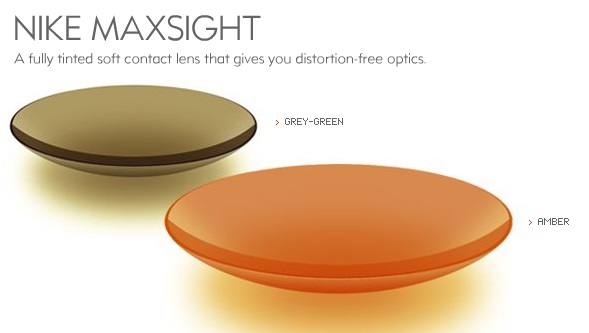
Nike maxsight contact lenses makes two colors of tinted lenses. One is grey-green and the other is amber. Some tests have shown that the gray-green may have more effect on vision outside. Maxsight markets the grey-green tinted lenses for golf practice. The amber tinted lenses are said to be better if increasing contrast is needed, under foggy conditions or at sunset.
One small study of 35 football players (in 2007) concluded that the Maxsight amber-tinted lens improved contrast sensitivity but did not demonstrate whether or not this would translate into improved vision during actual games.
What about athletes with normal vision?
Sports contact lenses are also made with tint only and no visual correction. There are athletes that benefit from the tint directly on the eye and not in sunglasses. Some athletes actually use glare and shadows to help them field balls outside. Others need protection from bright light to get the best vision for their sport.
Sunglasses and Goggles
Sport Eyeglasses or sunglasses may still need to be worn if tinted sports lenses are not, for those athletes playing outside. Additionally, any protective gear should be used.
In the future
There is much active research in the field of sport contact lenses. Many researchers are trying to find the best way to enhance vision for all athletes. While this may be done in hopes of helping elite athletes, any sport lenses made can be used by anyone who can wear contact lenses, even high school athletes. However, if you are looking for Sport Contact Lenses, you have to make sure that the eyecare professional you see handles sports lenses.



